Maintaining fitness habits while traveling presents genuine challenges – unfamiliar surroundings, disrupted routines, and tempting local cuisines can quickly derail even the most dedicated exercise regimens. Yet seasoned travelers know that movement not only keeps fitness goals on track but enhances travel experiences through increased energy, better sleep, and greater resilience against jet lag.
Here is a list of 15 practical strategies for incorporating effective workouts into your travels – whether you’re navigating business trips, family vacations, or extended adventures around the globe.
Hotel Room HIIT
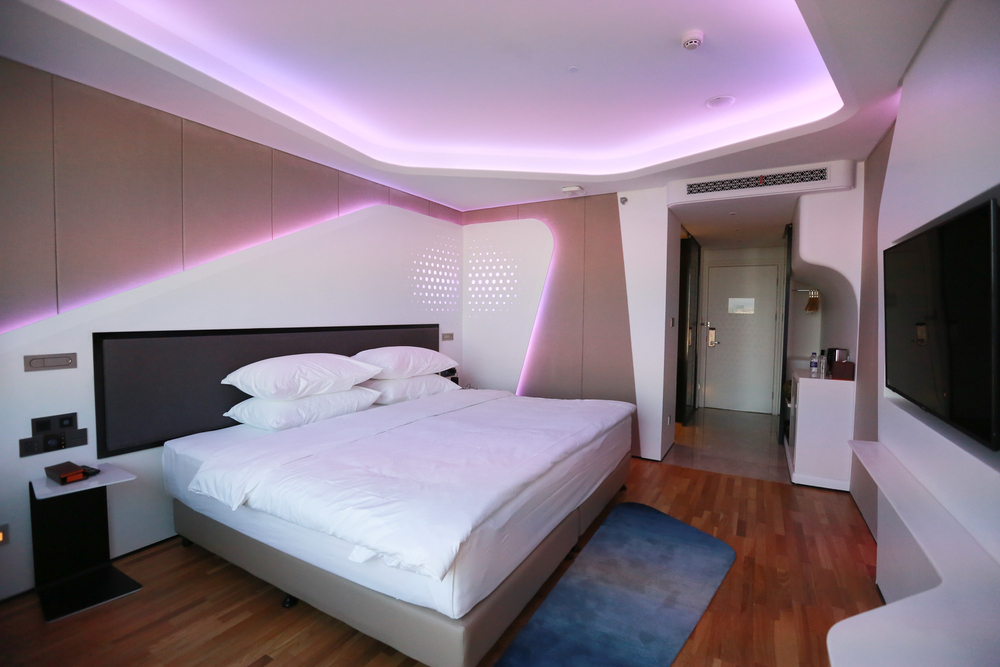
Transform any accommodation into a personal gym through high-intensity interval training requiring absolutely no equipment. The efficiency of HIIT workouts proves particularly valuable during travel when time constraints often limit exercise opportunities. A simple yet effective routine might include 30 seconds each of jumping jacks, push-ups, mountain climbers, and squat jumps followed by 15 seconds of rest, then repeated for four rounds. This creates an effective 12-minute workout that elevates heart rate while engaging major muscle groups.
The beauty lies in adaptability – exercises can be modified based on fitness level, available space, and noise considerations. Hotel room furniture doubles as equipment, with chairs providing stability for tricep dips, and beds offering elevation for incline push-ups.
Running City Tours

Combine sightseeing with cardio by plotting routes past major attractions, essentially creating self-guided running tours that maximize both fitness and exploration. Early morning runs offer unique perspectives on destinations before crowds emerge, providing unobstructed views of landmarks and glimpses of local life awakening. Many cities now offer formal running tours with knowledgeable guides sharing historical context while leading groups at a conversational pace – perfect for solo travelers seeking both exercise and orientation. Alternatively, numerous running apps provide audio tours for independent exploration.
This approach transforms obligatory exercise into a genuine travel experience while efficiently covering greater distances than walking tours permit, which is particularly valuable in sprawling cities where attractions are spread across wide areas.
Like Travel Pug’s content? Follow us on MSN.
Bodyweight Strength Circuits

Maintain strength without equipment through strategic bodyweight exercises that target major muscle groups through compound movements. An effective travel circuit might include squats, lunges, push-up variations, planks, and mountain climbers – performing each for 45 seconds, followed by 15 seconds of rest before moving to the next exercise. Three rounds create a comprehensive 20-minute strength session adaptable to any space.
The emphasis remains on proper form rather than repetition counts, allowing personalization based on individual fitness levels. This approach proves particularly valuable for maintaining muscular strength during extended travel periods when gym access remains limited or non-existent. Advanced travelers might pack resistance bands weighing mere ounces while adding significant versatility to bodyweight routines.
Park Bench Workouts
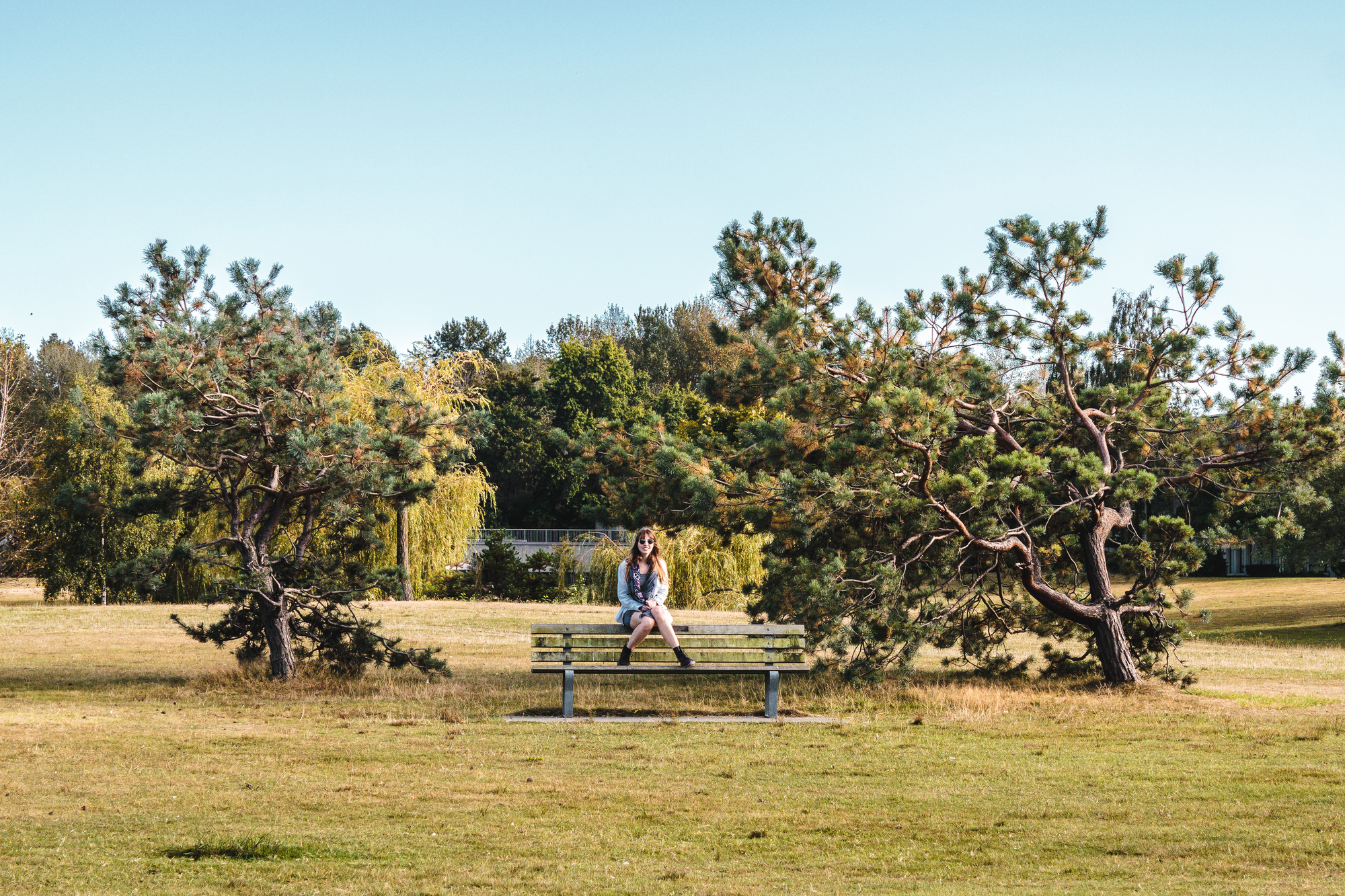
Urban parks worldwide offer natural fitness stations through standard features like benches and railings. Benches provide platforms for elevated push-ups, tricep dips, step-ups, and modified rows. More adventurous travelers utilize playground equipment for pull-up variations or monkey bar traverses. Parks attract local fitness enthusiasts, creating opportunities for cultural exchange through shared exercise spaces while providing welcome green respite from urban environments.
Many cities have installed dedicated exercise equipment in public parks, ranging from simple pull-up bars to sophisticated calisthenics stations. These outdoor gyms appear particularly prevalent across Europe, Australia, and Asia, offering free alternatives to costly day passes at commercial facilities.
Walking Meetings
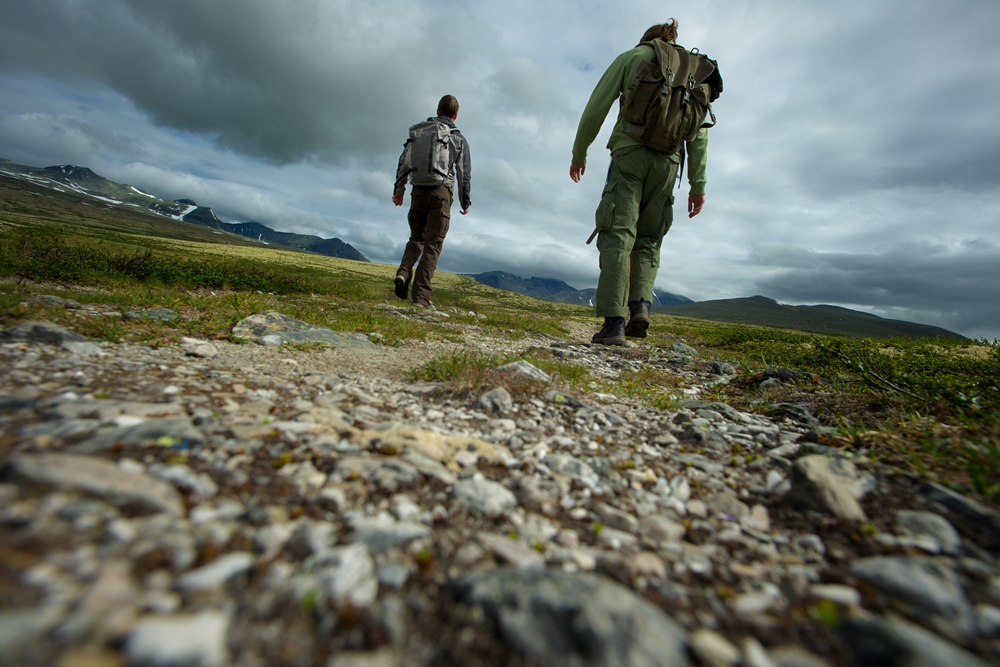
Business travelers face unique fitness challenges through sedentary obligations, but walking meetings provide elegant solutions that enhance both physical activity and professional productivity. Research consistently demonstrates that walking discussions improve creative thinking while reducing the formality that sometimes inhibits collaborative problem-solving. This approach works particularly well for one-on-one conversations or small group discussions when decisions rather than presentations drive the agenda.
Urban environments offer countless routes around convention centers or office districts, while hotel properties frequently feature indoor walking paths for inclement weather alternatives. Beyond physical benefits, walking meetings combat the mental fatigue that accumulates during travel through fresh air and changing scenery.
Like Travel Pug’s content? Follow us on MSN.
Stair Climbing Sessions

Hotels, airports, and urban environments provide abundant opportunities for vertical training through readily available stairwells. This high-intensity, low-impact exercise efficiently builds cardiovascular fitness and lower body strength without requiring dedicated time blocks. Ten minutes of stair climbing burns approximately 150 calories while engaging core stability and proprioception.
It comes naturally to a seasoned traveler to use the stairs instead of elevators in museums, hotels, and at transit stations – the person climbs staircases. Some more formal approaches might involve having intervals of between-floor climbing or weight-training exercises like push-ups and squats at the landing. Such practical means, of course, keep people active irrespective of time limitations.
Hotel Pool Intervals

Underutilized hotel pools offer perfect environments for low-impact, high-resistance workouts suitable for travelers of all fitness levels. Water provides natural resistance while eliminating impact concerns that might accompany land-based exercises. Simple lap swimming delivers excellent cardiovascular benefits, but creative travelers without swimming backgrounds can perform walking intervals in waist-deep water, alternating forward, backward, and lateral movements.
Those seeking higher intensity might perform “sprints” across the pool, followed by recovery periods. Aquatic environments particularly benefit travelers with joint concerns or those recovering from injuries that prevent other exercise forms. Morning sessions typically offer greater privacy than afternoon hours, when families tend to dominate pool facilities.
Yoga Anywhere

The ultimate portable exercise system requires nothing beyond floor space, approximately 2 feet by 6 feet – dimensions available virtually anywhere. Beyond physical benefits, travel-oriented yoga addresses specific challenges, including post-flight stiffness, disrupted sleep patterns, and travel-related stress. Simple sequences focusing on hip openers counteract prolonged sitting, while gentle inversions help recirculate fluid after flights.
Numerous apps and online videos offer travel-specific sessions ranging from 10-minute energizing sequences to longer relaxation practices. Dedicated practitioners pack ultralight travel mats weighing under two pounds, though hotel towels work perfectly well for impromptu sessions. Many accommodation providers now offer in-room yoga channels or equipment borrowing programs, reflecting a growing recognition of traveler wellness priorities.
Like Travel Pug’s content? Follow us on MSN.
Digital Fitness Classes
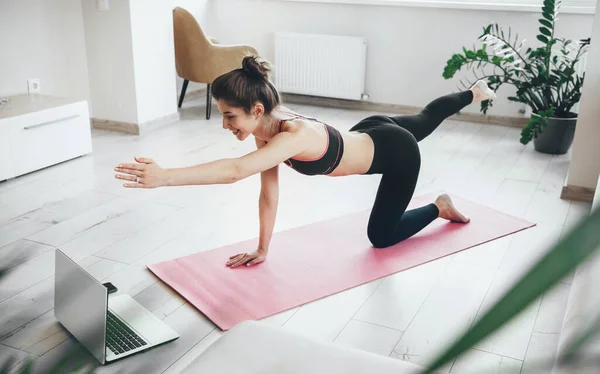
Streaming platforms transform any Wi-Fi-connected space into personalized fitness studios offering professional instruction across countless exercise modalities. Dance cardio, barre workouts, pilates, boxing conditioning, and guided HIIT sessions eliminate guesswork from hotel room workouts while motivating instructor engagement. Many platforms offer offline downloading options, ensuring access despite connectivity challenges.
The explosion of short-format classes designed specifically for travelers means finding effective 10, 15, or 20-minute sessions tailored to available time windows. Some platforms feature “silent” workout options specifically designed for hotel environments where noise considerations limit jumping or other high-impact movements.
Walk-the-Airport Challenge
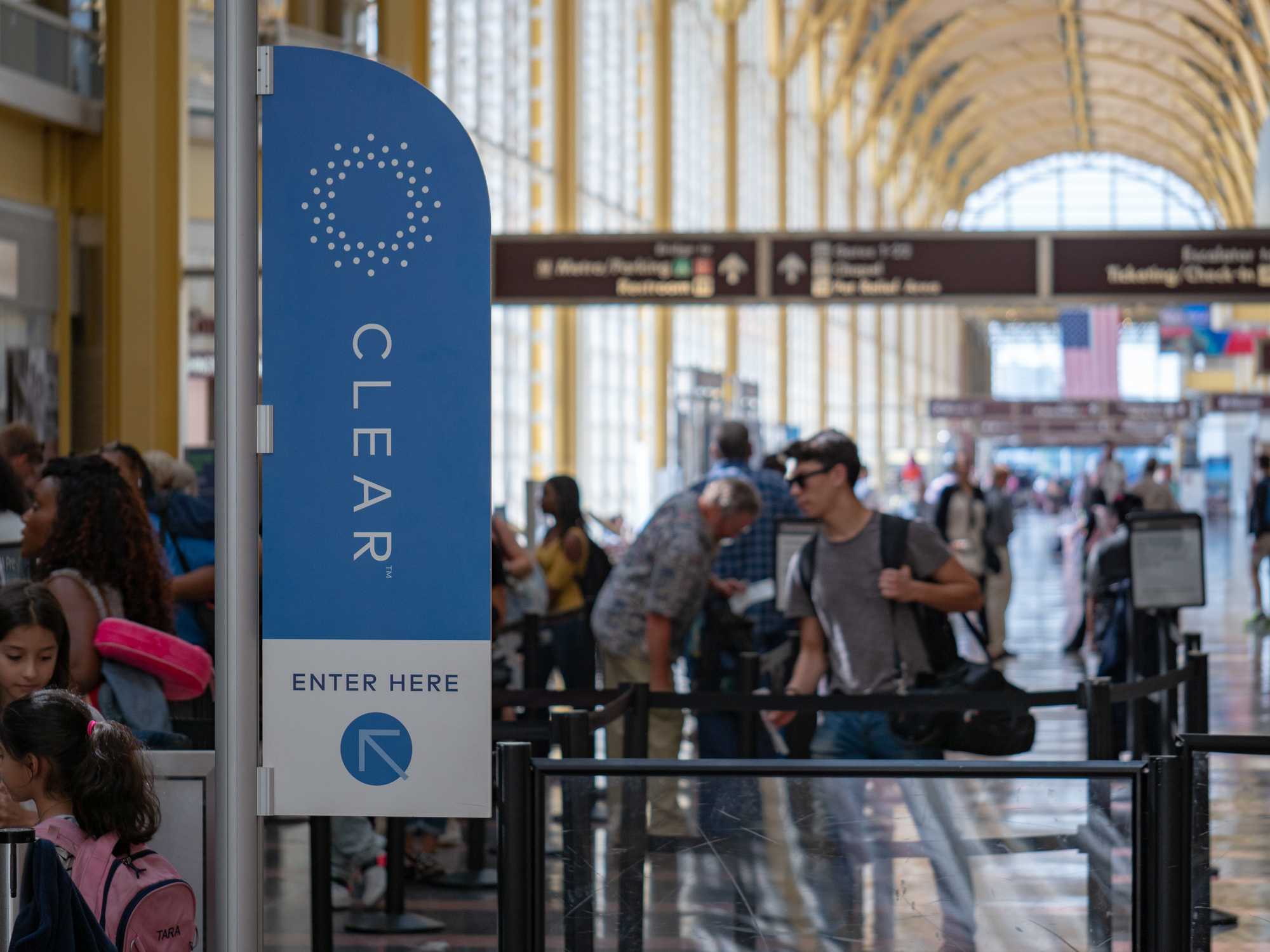
Long layovers and flight delays create perfect opportunities for accumulating significant step counts in environments designed for walking. Major international airports feature terminals extending miles in total distance, with some, like Atlanta’s Hartsfield-Jackson, encompassing nearly seven miles of walkable corridors.
Savvy travelers store their carry-on bags in lockers or at gates while exploring distant terminals and window shopping while maintaining consistent movement. Walking medium-length distances between gates rather than taking automated people movers adds incremental activity throughout travel days. This approach transforms otherwise frustrating travel delays into productive movement opportunities while simultaneously aiding circulation – particularly beneficial before long-haul flights where prolonged sitting increases health risks.
Destination Fitness Classes

Local fitness classes provide cultural insights alongside physical benefits, offering glimpses into how different societies approach exercise and wellness. Metropolitan areas worldwide feature distinctive fitness trends, from Copenhagen’s concept-based group training to Singapore’s outdoor sunrise tai chi sessions. Language barriers rarely pose significant obstacles as movement demonstration transcends verbal instruction. Beyond chain fitness brands, look for community centers, public parks, and university recreation facilities offering drop-in options for visitors.
These experiences create memorable travel moments while connecting with residents outside typical tourist interactions. Morning beach yoga in Bali, outdoor boot camps in Australian parks, or traditional martial arts sessions in Asian destinations double as authentic cultural experiences worth seeking regardless of fitness motivations.
Like Travel Pug’s content? Follow us on MSN.
Bicycle Tourism

Cycling combines transportation, sightseeing, and exercise into a single activity with efficiency unmatched by other travel modalities. Major global cities have embraced bike-sharing programs with user-friendly mobile apps enabling spontaneous exploration without rental commitments. Protected bike lanes across European capitals make cycling accessible even to casual riders intimidated by urban traffic elsewhere.
Beyond cities, dedicated cycling paths like Germany’s Rhine River route or New Zealand’s Central Otago Rail Trail offer multiday adventures connecting historical sites through breathtaking landscapes. Electric bike options expand accessibility to hilly regions or for travelers concerned about fitness limitations. Unlike motor transportation, cycling pace provides perfect observation speed – fast enough to cover meaningful distances while slow enough to appreciate details that car travel inevitably misses.
Hotel Gym Maximizers
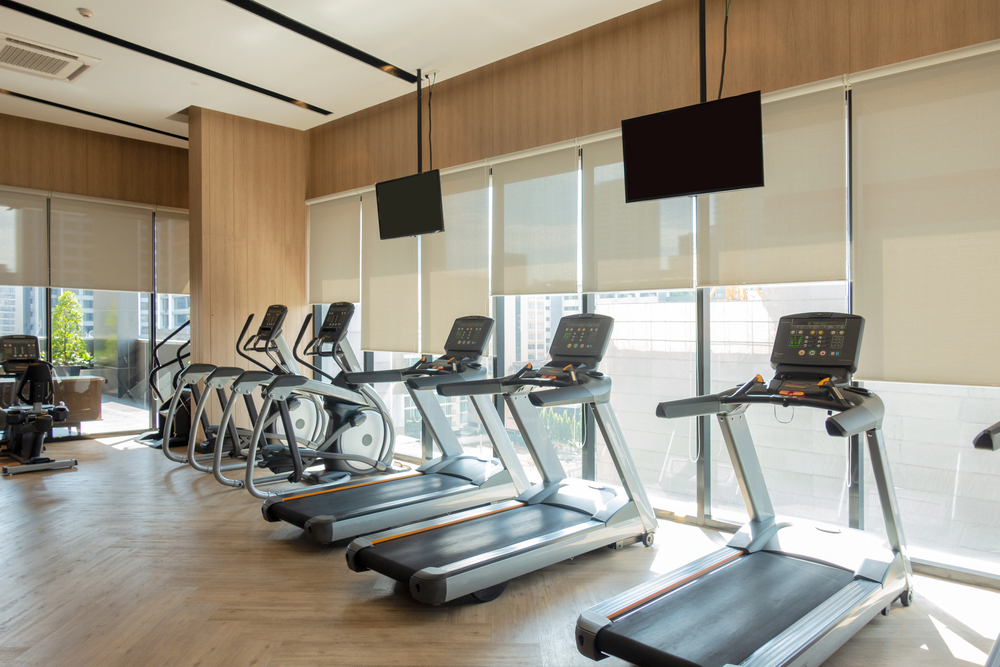
Despite their notoriously limited equipment selections, hotel fitness centers offer sufficient resources for effective workouts when approached strategically. Rather than attempting to replicate home gym routines, successful travelers adapt to available equipment through circuit-style training, maximizing efficiency. When facing minimal equipment – perhaps just a treadmill and dumbbells – structure workouts alternating short cardiovascular intervals with strength movements.
This might involve one minute of incline treadmill work followed by compound dumbbell exercises like squats to presses or lunges with rows. Even modest hotel gyms typically provide essential equipment for full-body conditioning when creativity replaces equipment dependency.
Outdoor Bodyweight Circuits
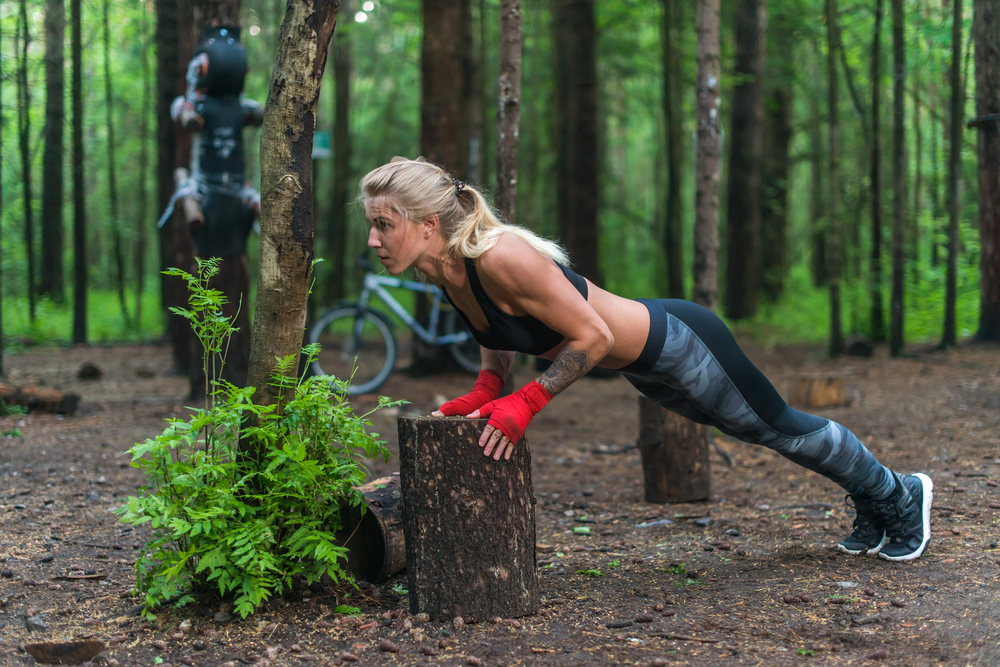
Parks, beaches, and urban green spaces provide perfect venues for bodyweight circuit training, combining cardiovascular conditioning with strength development. Strategic exercise sequencing maintains elevated heart rate while targeting different muscle groups through movements like burpees, squat jumps, plank variations, lateral lunges, and mountain climbers. This approach requires no equipment while providing substantial fitness benefits through sessions as brief as 20 minutes.
Beyond physical efficiency, outdoor settings connect travelers with local environments while frequently attracting conversations with curious residents – creating spontaneous cultural exchanges rarely experienced through conventional tourist activities. Early morning sessions offer both cooler temperatures in warm destinations and relatively empty spaces for comfortable exercise.
Like Travel Pug’s content? Follow us on MSN.
Active Commuting
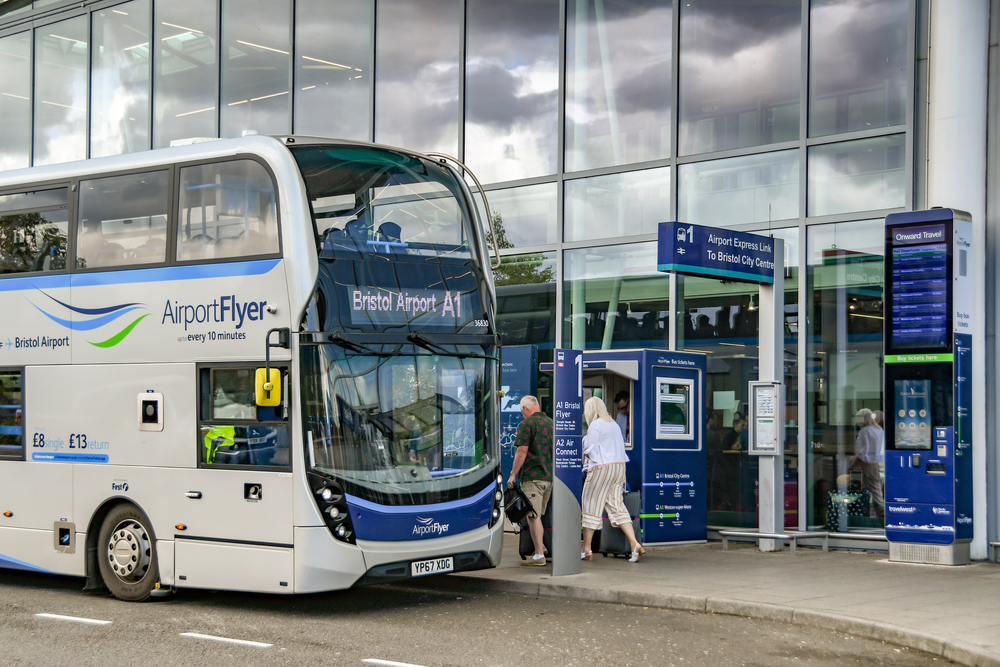
Transform necessary journeys between accommodations and destinations into purposeful exercise opportunities. Walking to business meetings or tourist attractions integrates activity naturally into travel schedules without requiring dedicated exercise time. Research suggests that navigating unfamiliar environments on foot improves spatial memory while creating stronger connections to destinations than passive transportation allows. For longer distances, public bicycle-sharing systems available in over 2,000 cities worldwide offer efficient alternatives to taxis or rideshares.
Countless museums, historical sites, and natural attractions involve substantial walking when fully explored rather than briefly visited – the Vatican Museums alone involve nearly three miles of walking when comprehensively experienced. Tracking steps during travel often reveals surprisingly high activity levels through this approach alone.
Finding Movement Everywhere
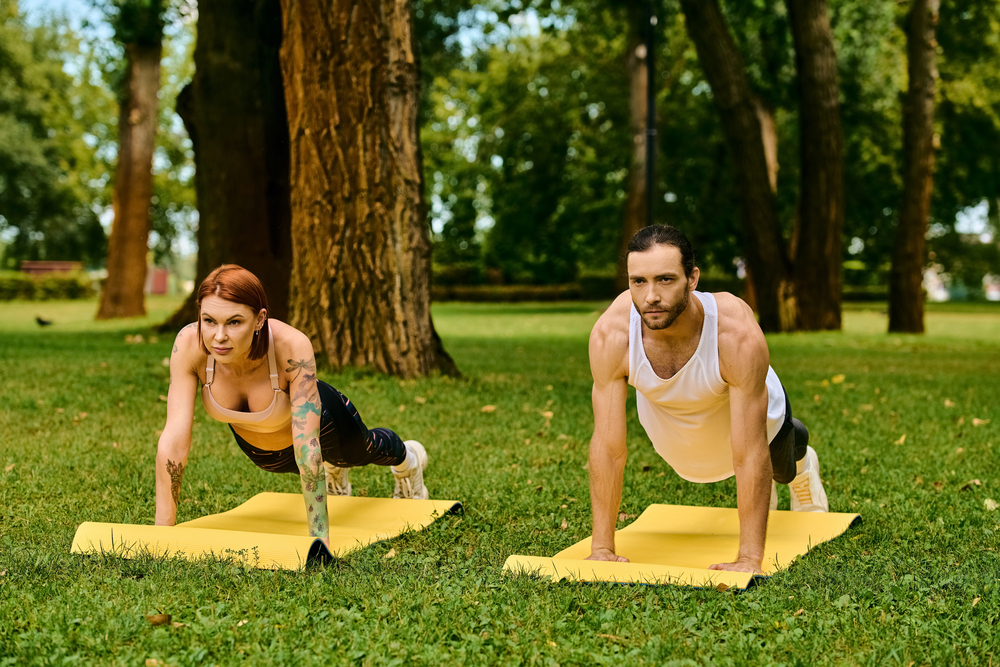
Maintaining a well-orchestrated fitness program throughout one’s travels may often lessen the necessity for far-reaching lifestyle changes. On the contrary, habitual movement integrated into daily activities lays more emphasis on sustainability. The gentler and more continuous approach is to squeeze in some manageable exercise instead of toiling through an occasion-based marathon-style workout, one that lateralizes energy essential for the travel experience. Physical activity enhances rather than detracts from travel when properly incorporated – improving sleep quality, maintaining energy levels, and creating unique destination experiences inaccessible to sedentary travelers.
The strategies above demonstrate that limited time, equipment, and familiar surroundings need not prevent meaningful movement during even the most demanding travel schedules. With creative approaches, travel becomes an opportunity rather than an obstacle to physical well-being.
More from Travel Pug

- Cities Growing so Fast You Won’t Recognize Them in 10 Years
- 13 Destinations Where Tourists Regularly Regret Their Trip
- 16 U.S. Cities That Are Quietly Becoming Travel Hotspots
- Where to Travel If You Love Long Bus Rides and Daydreams
- 20 Cities Perfect for Solo Travelers Who Crave Adventure & Culture
Like Travel Pug’s content? Follow us on MSN.
